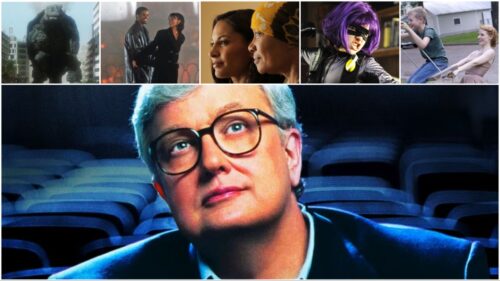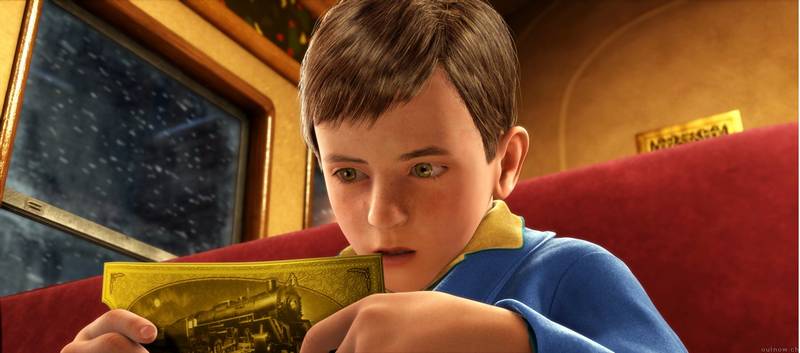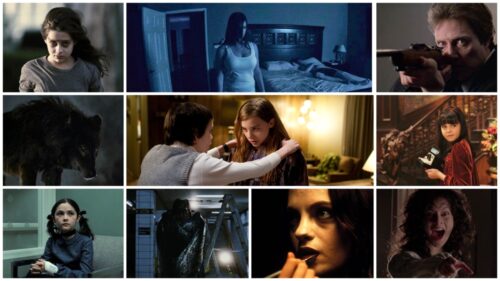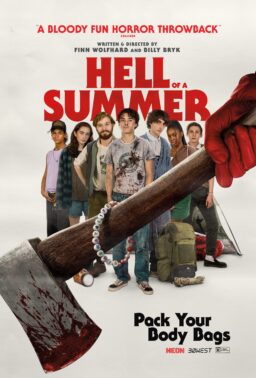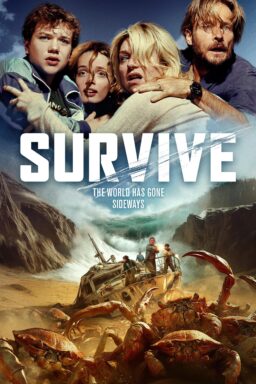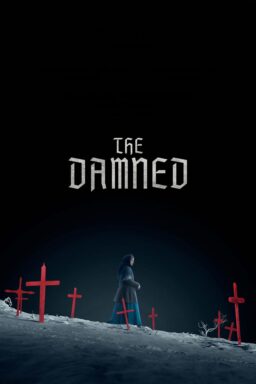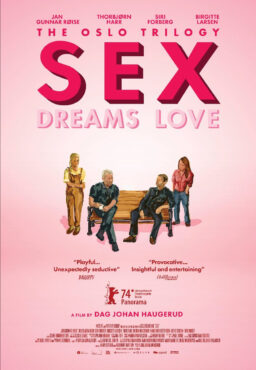Andrew Sarris tells the story of a Sam Goldwyn press conference at which a reporter incautiously began: “When William Wyler made ‘Wuthering Heights’…” Goldwyn interrupted angrily: “I made ‘Wuthering Heights.’ Wyler only directed it.”
Until fairly recently, that was almost literally Hollywood’s state of mind about the director. He was a technician brought in to supervise the actual filming, but control over the final product was firmly retained by the producer or, in the case of prestige films, by the studio czar himself. Those few directors who braved the studio system and yet made movies to suit themselves had to exercise animal cunning. Alfred Hitchcock shot no more footage than absolutely necessary, on the irrefutable premise that the studio could hardly throw anything out of his movies if there was nothing else to put in.
But the Hitchcocks were rare, and in the last analysis they were indulged not simply because their movies made money but because they were skilled at self-promotion and studio infighting.
It must be grimly amusing to American directors of Hitchcock’s vintage that their films are studied devoutly by college film societies and serious film magazines. A generation ago it was an artistic triumph to sneak them intact past the front office. It has only been in the last decade or so, as Sarris notes in his introduction to Interviews with Film Directors (Bobbs-Merrill, $10), that the role of the director has come into prominence in the United States.
The Europeans, of course, have always had reverence for directors, especially ours. It was that brilliant and perverse French film journal, Cahiers du Cinema, which first developed the “auteur” theory of film criticism to embrace Hollywood pros as well as esoteric European artists. The true “film author,” Cahiers argued, leaves a personal stamp on everything he does, even low-budget action pictures, and there is an indelible quality in a grade-B Western by Howard Hawks that cannot be found in any other film by anyone else.
In pushing the “auteur” theory, Cahiers had to indulge in some silliness like pretending that all Hollywood directors have had meaningful control over their films. But Cahiers put to pasture for once and all the belief that “entertainment” could not be “art.” In the process, as Sarris observes, “it became possible to speak of Alfred Hitchcock and Michelangelo Antonioni in the same breath and with the same critical terminology.”
That is precisely what happens in Francois Truffaut’s Hitchcock (Simon & Schuster, $10). Truffaut began as a movie critic before striking out on his own as a director, and it was as a critic that he first interviewed Hitchcock in 1955. He and the other young Cahiers critics had become deeply interested in the kinds of movies they thought only Hollywood could do supremely well: suspense films, Westerns, detective stories, action adventures. Their own films, when they began to make them in the early 1960s, were homage of a sorts to the most interesting Hollywood work of the 1930s and 1940s. Jean-Luc Godard‘s “Breathless” (1960) was a tribute to Bogart, and Truffaut’s own “Shoot the Piano Player” (1960) and “Farenheit 451” (1966) were influenced by Hitchcock’s style.
But the early films of the French “new wave” deliberately lacked the smooth professionalism of Hollywood, and so did the work of young directors in New York like John Cassavetes, Shirley Clarke and Jonas Mekas. Cassavetes’ “Shadows” was one of the most influential American films of the early 1960s precisely because it looked like a movie you or I might have made if Cassavetes hadn’t: A feeling we hardly get from Hitchcock. It was unrehearsed, spontaneous and filmed right there before your very eyes in Cassavetes’ neighborhood and with his friends as the performers. Bo Widerberg, the Swedish director of “Elvira Madigan,” says it was only after he saw “Shadows” that it occurred to him that he could personally make a movie.
It is clear, then, that the younger directors like Truffaut come from a different universe than the veterans of the Hollywood studio system. No matter how deeply he admires Hitchcock’s work, Truffaut does not speak Hitchcock’s language, and it is this that is most fascinating about their dialog in Hitchcock.
Truffaut, who has probably studied Hitchcock’s films more intently than anyone alive, including Hitchcock, persuaded his hero to submit to 50 hours of intensive interviews during which every film in Hitchcock’s career would be discussed in terms of genesis, original intention, production methods and difficulties, and ultimate success or failure. The book lives up to its plan, beginning with the titles Hitchcock wrote for obscure British silent films, and concluding with “Torn Curtain” (1966). (Hitchcock’s worst caption for a silent movie, he recalls, was nevertheless a typical one. The heroine leaves a courtroom and as the photographers cluster around she cries: “Shoot, shoot – there’s nothing left to kill.”)
As they tick off Hitchcock’s films one after another, it is instructive to see the divergent approaches these two directors take toward the same movies. Again and again, Truffaut will make a philosophical or artistic point (“An interesting distinction generally misunderstood by the critics (occurs when) your material is serious but your approach to it is ironic”) and Hitchcock will reply matter-of-factly (“Yes. We’ll often say, ‘Now wouldn’t this be a funny way to kill him off?”‘) Here we have the confrontation of the old pro and the young theorist; Hitchcock seems more interested in technique than meaning.
This leads to amusing exchanges, as when Truffaut comments on the “subtle nuances” in “Suspicion,” where Cary Grant carries an innocent glass of milk upstairs to poison his wife. “Did you like that scene?” Hitchcock asks. “Yes, it was very good,” Truffaut replies, doubtless still thinking of the poetic justice in the choice of milk. “I put a light in the milk,” Hitchcock says. “You mean a spotlight on it?” asks Truffaut. “No,” Hitchcock replies, “I put a light right inside the glass because I wanted it to be luminous. Cary Grant’s walking up the stairs and everyone’s attention had to be focused on that glass.”
It is probably just as well that Hitchcock thinks of his movies in terms of technical problems rather than symbolism, because there is apparently a great deal of terror suppressed somewhere in his mind. His earliest memory, he tells Truffaut, is of being sent to the police station with a note from his father, The sergeant read the note and locked the little boy in a cell, explaining, “This is what we do to bad boys.” Hitchcock tells the story, and Truffaut draws the moral: Most of Hitchcock’s films use the motif of a just man unjustly accused and unable to clear himself.
There are several other basic elements in Hitchcock, Truffaut believes. There is usually an element of restraint, preferably handcuffs, although a psychological restraint like James Stewart‘s vertigo will do. There is usually a macabre humor buried in the horror (as when Anthony Perkins lectures on taxidermy in “Psycho“). And there is usually a “Macguffy,” defined by Hitchcock as an object – jewels or secret plans or something – not really important in itself but important because the people in the film desperately compete for it.
Truffaut probably does “understand” Hitchcock’s films more deeply, in an analytical way, than Hitchcock himself does. Occasionally he indulges a temptation to explain the films to their maker. It is necessary to remind ourselves that Hitchcock did, after all, create the works in question. But the exchanges between these two directors of genius are fascinating, and Truffaut’s Hitchcock is one of the most illuminating books on film in our time.
The Sarris book, true to the “auteur” theory, divides up pretty evenly between the “serious” directors (Bergman, Eisenstein, Bunuel, Pasolini) and the “commercial” ones (Ford, Hawks, Huston, Preminger and – in which category does he belong? – Welles). The interviews are by a variety of critics and were collected mostly from Cahiers and such American sources as Film Culture (which Sarris edits), Film Quarterly and the British Sight and Sound. Some of the pairings are interesting in themselves, as when Truffaut talks with Hawks and Godard quizzes Antonioni. These are not, thank heaven, “fan magazine” interviews and the directors are pinned down and allowed to squirm.
Roy Newquist’s A Special Kind of Magic (Rand-McNally, $4.95), on the other hand, is neither quite a “movie fan” book nor quite a serious one. Newquist was allowed to spend a great deal of time on the set of Stanley Kramer‘s upcoming “Guess Who’s Coming to Dinner?” and was granted rare interviews with Katharine Hepburn and Spencer Tracy (it was Tracy’s first, and last, detailed interview). There are a great many interesting insights to be gained from such genuinely original people, but they are mostly volunteered and Newquist seems too respectful toward his subjects to press more deeply. .

